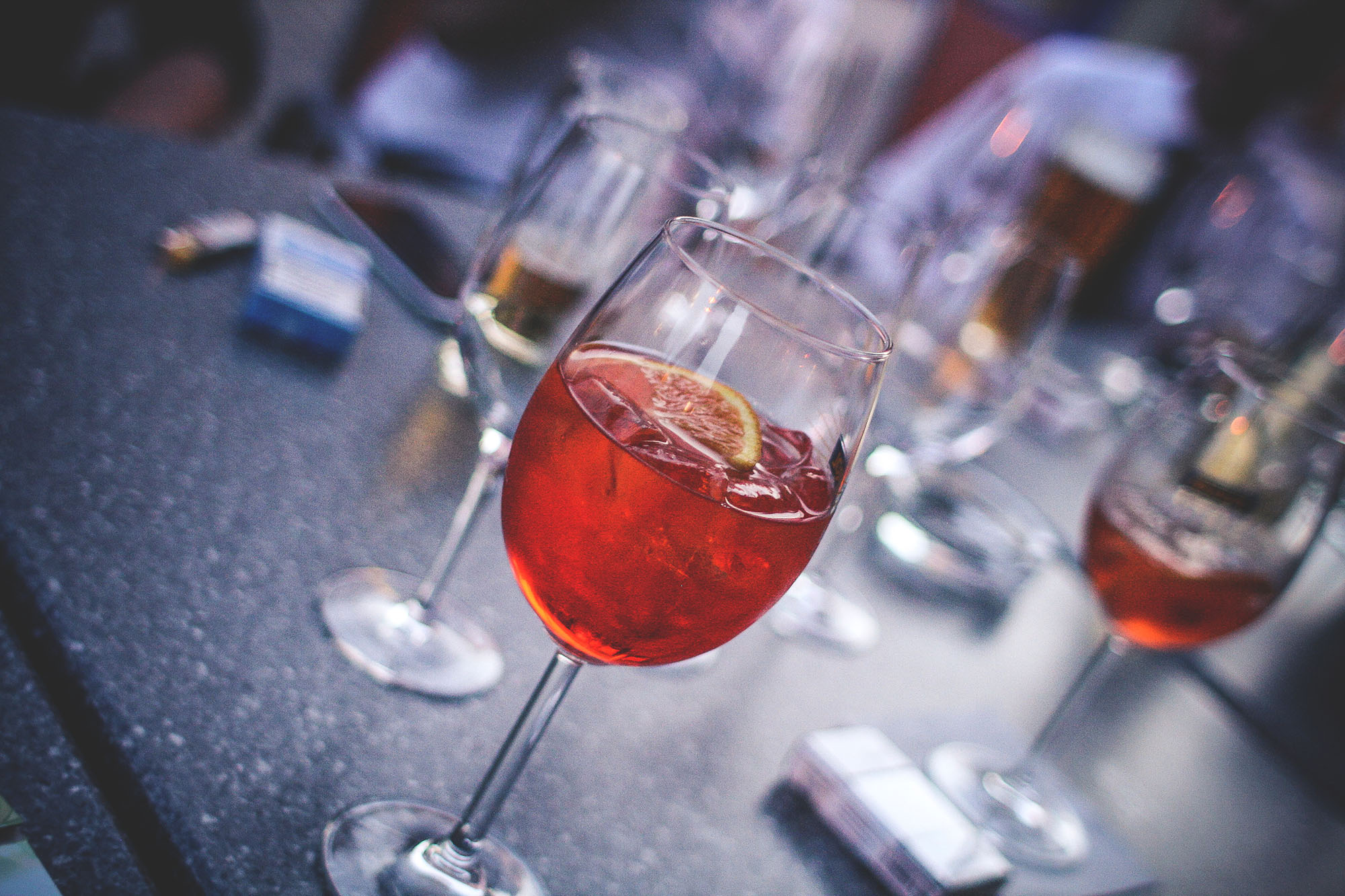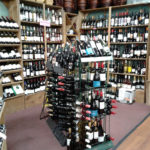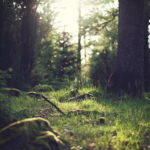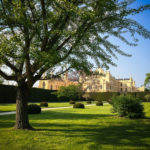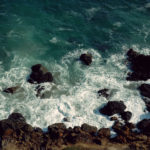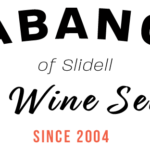[trx_section align=”right” dedicated=”yes” columns=”1_2″ scroll=”no” dir=”horizontal”]
[trx_toggles type =”accordion” bottom=”0″]
[trx_toggles_item title=”ACCORDION 1″ id=”q1″]
The first definition of a wine-area Chianti was made in 1716. It described the area near the villages of Gaiole, Castellina and Radda; the so-called Lega del Chianti and later Provincia del Chianti (Chianti province). In 1932 the Chianti area was re-drawn and divided in seven sub-areas: Classico, Colli Aretini, Colli Fiorentini, Colline Pisane, Colli Senesi, Montalbano and Rùfina
[/trx_toggles_item]
[trx_toggles_item title=”ACCORDION 2″ id=”q2″]
Most of the villages that in 1932 were suddenly included in the new Chianti Classico area added in Chianti to their name-such as Greve in Chianti which amended its name in 1972. Wines labelled “Chianti Classico” come from the biggest sub-area of Chianti, that includes the original Chianti heartland. [/trx_toggles_item]
[trx_toggles_item title=”ACCORDION 3″ id=”q3″]
Only Chianti from this sub-zone may boast the black rooster seal (known in Italian as a gallo nero) on the neck of the bottle, which indicates that the producer of the wine is a member of the Chianti Classico Consortium, the local association of producers. [/trx_toggles_item]
[trx_toggles_item title=”ACCORDION 4″ id=”q4″]
Other variants, with the exception of Rufina from the north-east side of Florence and Montalbano in the south of Pistoia, originate in the respective named provinces: Siena for the Colli Senesi, Florence for the Colli Fiorentini, Arezzo for the Colli Aretini and Pisa for the Colline Pisane. In 1996 part of the Colli Fiorentini sub-area was renamed Montespertoli. [/trx_toggles_item] [/trx_toggles]
[/trx_section]
During the 1970s producers started to reduce the quantity of white grapes in Chianti. In 1995 it became legal to produce a Chianti with 100% Sangiovese. For a wine to retain the name of Chianti, it must be produced with at least 80% Sangiovese grapes. Aged Chianti (38 months instead of 4–7), may be labelled as Riserva. Chianti that meets more stringent requirements (lower yield, higher alcohol content and dry extract) may be labelled as Chianti Superiore, although Chianti from the “Classico” sub-area is not allowed in any event to be labelled as “Superiore”. The earliest documentation of a “Chianti wine” dates back to the thirteenth century when viticulture was known to flourish in the “Chianti Mountains” around Florence. The merchants in the nearby townships of Castellina, Gaiole and Radda formed the Lega del Chianti (League of Chianti) to produce and promote the local wine. In 1398, records note that the earliest incarnation of Chianti was as a white wine. In 1716 Cosimo III de’ Medici, Grand Duke of Tuscany issued an edict legislating that the three villages of the Lega del Chianti (Castellina in Chianti, Gaiole in Chianti, and Radda in Chianti) as well as the village of Greve and a 3.2-kilometre-long stretch (2-mile) of hillside north of Greve near Spedaluzzo as the only officially recognized producers of Chianti.
[trx_section align=”left” dedicated=”no” columns=”1_2″ scroll=”no” dir=”horizontal”]
[trx_toggles type =”accordion” style=”2″ icon=”left” counter=”on” bottom=”0″]
[trx_toggles_item title=”Lorem ipsum 1″ id=”1″ open=”no”]
This delineation existed until July 1932, when the Italian government expanded the Chianti zone to include the outlying areas of Barberino Val d’Elsa, Chiocchio, Robbiano, San Casciano in Val di Pesa and Strada. Subsequent expansions in 1967 would eventually bring the Chianti zone to cover a very large area all over central Tuscany.
[/trx_toggles_item]
[trx_toggles_item title=”Lorem ipsum 2″ id=”2″ open=”no”]
By the 18-th century, Chianti was recognized as a red wine, but the exact composition and grape varieties used to make Chianti at this point is unknown. Ampelographers find clues about which grape varieties were popular at the time in the writings of Italian writer Cosimo Villifranchi who noted that Canaiolo was planted variety in the area along with Sangiovese, Mammolo and Marzemino.
[/trx_toggles_item]
[trx_toggles_item title=”Lorem ipsum 3″ id=”3″ open=”no”]
It was not until the work of the Italian statesman Bettino Ricasoli that the modern “Chianti recipe” as a Sangiovese-based wine would take shape. Prior to Ricasoli, Canaiolo was emerging as the dominant variety in the Chianti blend with Sangiovese and Malvasia playing supporting roles.
[/trx_toggles_item]
[trx_toggles_item title=”Lorem ipsum 4″ id=”4″ open=”no”]
In the mid-18 century, Ricasoli developed a recipe for Chianti that was based on Sangiovese. His recipe called for 70% Sangiovese, 15% Canaiolo, 10% Malvasia (later amended to include Trebbiano) and 5% other local red varieties. In 1967, regulation set by the Italian government firmly established the “Ricasoli formula” of a Sangiovese-based blend with 10–30% Malvasia and Trebbiano.
[/trx_toggles_item]
[/trx_toggles]
[/trx_section]
[trx_title type=”4″]Style 2 & counter[/trx_title]
The late nineteenth century saw a period of economic and political upheaval. First came oidium and then the phylloxera epidemic would take its toll on the vineyards of Chianti just as they had ravaged vineyards across the rest of Europe. The chaos and poverty following the Risorgimento heralded the beginning of the Italian diaspora that would take Italian vineyard workers and winemakers abroad as immigrants to new lands. Those that stayed behind and replanted choose high-yielding varieties like Trebbiano and Sangiovese clones such as the Sangiovese di Romagna from the nearby Romagna region. Following World War II, the general trend in the world wine market for cheap, easy-drinking wine saw a brief boom for the region. With over-cropping and an emphasis on quantity over quality, the reputation of Chianti among consumers eventually plummeted. By the 1950s, Trebbiano (which is known for its neutral flavours) made up to 30% of many mass-market Chiantis. By the late twentieth century, Chianti was often associated with basic Chianti sold in a squat bottle enclosed in a straw basket, called a fiasco. However, during the same period, a group of ambitious producers began working outside the boundaries of DOC regulations to make what they believed would be a higher quality style of Chianti. These wines eventually became known as the “Super Tuscans”.
[trx_section align=”right” dedicated=”no” columns=”1_2″ scroll=”no” dir=”horizontal”]
[trx_toggles type =”accordion” style=”3″ icon=”right” counter=”on” bottom=”0″]
[trx_toggles_item title=”Lorem ipsum 1″ id=”1″ open=”no”]
Many of the producers behind the Super Tuscan movement were originally Chianti producers who were rebelling against what they felt were antiquated DOC regulations. Some of these producers wanted to make Chiantis that were 100% varietal Sangiovese. Others wanted the flexibility to experiment with blending French grape varieties or to not be required to blend in any white grape varieties.
[/trx_toggles_item]
[trx_toggles_item title=”Lorem ipsum 2″ id=”2″ open=”no”]
The late twentieth century saw a flurry of creativity and innovation in the Chianti zones as producers experimented with new grape varieties and introduced modern wine-making techniques such as the use of new oak barrels. The prices and wine ratings of some Super Tuscans would regularly eclipse those of DOC sanctioned Chiantis.
[/trx_toggles_item]
[trx_toggles_item title=”Lorem ipsum 3″ id=”3″ open=”no”]
The success of the Super Tuscans encouraged government officials to reconsider the DOC regulations in order to bring some of these wines back into the fold labelled as Chianti. The Chianti region covers a vast area of Tuscany and includes within its boundaries several overlapping Denominazione di origine controllata and Denominazione di Origine Controllata e Garantita (DOCG) regions.
[/trx_toggles_item]
[trx_toggles_item title=”Lorem ipsum 4″ id=”4″ open=”no”]
Other well known Sangiovese-based Tuscan wines such as Brunello di Montalcino and Vino Nobile di Montepulciano could be bottled and labeled under the most basic designation of “Chianti” if their producers chose to do so.[8] Within the collective Chianti region more than 8 million cases of wines classified as DOC level or above are produced each year.
[/trx_toggles_item]
[/trx_toggles]
[/trx_section]
[trx_title type=”4″]Style 3 & icon left [/trx_title]
Today, most Chianti falls under two major designations of Chianti DOCG, which includes basic level Chianti, as well as that from seven designated sub-zones, and Chianti Classico DOCG. Together, these two Chianti zones produce the largest volume of DOC/G wines in Italy. The Chianti DOCG covers all the Chianti wine and includes a large stretch of land encompassing the western reaches of the province of Pisa near the coast of the Tyrrhenian Sea, the Florentine hills in the province of Florence to the north, to the province of Arezzo in the east and the Siena hills to the south. Within this regions are vineyards that overlap the DOCG regions of Brunello di Montalcino, Vino Nobile di Montepulciano and Vernaccia di San Gimignano. Any Sangiovese-based wine made according to the Chianti guidelines from these vineyards can be labelled and marked under the basic Chianti DOCG should the producer wish to use the designation.

